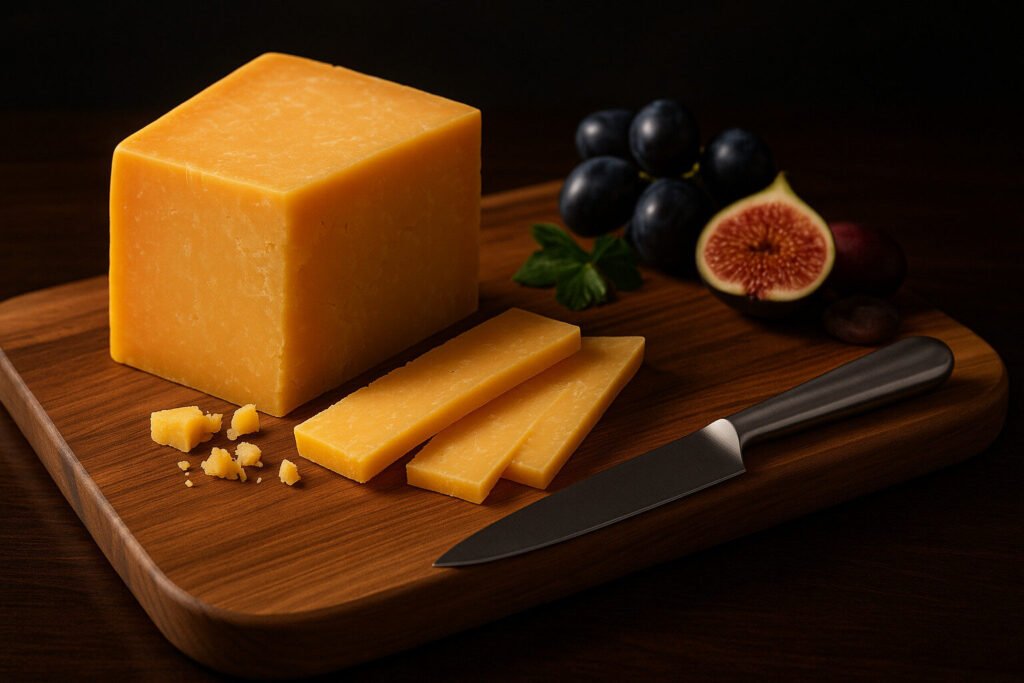Vintage Cheese
Definition and Scope
Vintage cheese refers to aged cheeses that undergo extended maturation periods, typically exceeding twelve months. This category encompasses hard and semi-hard varieties deliberately developed for complex flavor evolution. The term denotes both a temporal classification and a quality benchmark within cheese taxonomy.
These cheeses are characterized by concentrated textures and diminished moisture content resulting from prolonged aging. Their production requires controlled environments where temperature and humidity are meticulously regulated. Vintage cheeses represent the pinnacle of traditional aging techniques across global cheesemaking regions.
Production Process
Vintage cheese production begins with standard cheesemaking procedures including coagulation, curd processing, and pressing. The distinctive vintage character develops during the extended affinage period where cheeses are regularly turned and monitored. This careful handling prevents undesirable mold growth while promoting even moisture distribution.
Specialized aging facilities maintain constant temperatures between 10-13°C with humidity levels around 85%. During maturation, enzymes break down proteins and fats, creating concentrated flavors and crystalline textures. Some vintage cheeses develop natural rinds through surface treatments like brushing or oiling.
Sensory Profile
Vintage cheeses exhibit pronounced flavor profiles featuring nutty, caramel, and umami characteristics. Their extended aging produces crystalline calcium lactate deposits that provide distinctive crunch. These cheeses typically demonstrate robust piquancy balanced by underlying sweetness from lactose breakdown.
Texture ranges from firm to hard with some varieties becoming granular or crumbly. Aromas often include earthy, brothy, and sometimes sharp notes depending on bacterial activity. The flavor intensity directly correlates with aging duration, with longer maturation creating more complex sensory experiences.
Culinary Applications
Vintage cheeses serve as premium table cheeses when served at room temperature to maximize flavor release. Their robust character makes them ideal for grating over pasta, risottos, and salads. These cheeses pair exceptionally well with full-bodied red wines, dried fruits, and nut varieties.
In cooking, vintage cheeses provide intense flavor foundations for sauces and baked dishes. Their low moisture content ensures proper melting and browning characteristics. Chefs value them as finishing elements where their crystalline texture adds contrasting mouthfeel.
Regional Examples
Italian Parmigiano-Reggiano represents the classic vintage cheese, aged 24-36 months with granular texture and complex nutty flavor. English cloth-bound cheddar develops sharp, earthy notes during its 18-month minimum maturation. Spanish Manchego achieves distinctive piquancy when aged for twelve months or longer.
French Comté showcases varying flavor profiles depending on its specific aging period between 12-24 months. Dutch Gouda develops caramel sweetness and firm texture when aged beyond 18 months. These regional examples demonstrate how local traditions and milk types influence vintage cheese characteristics.

